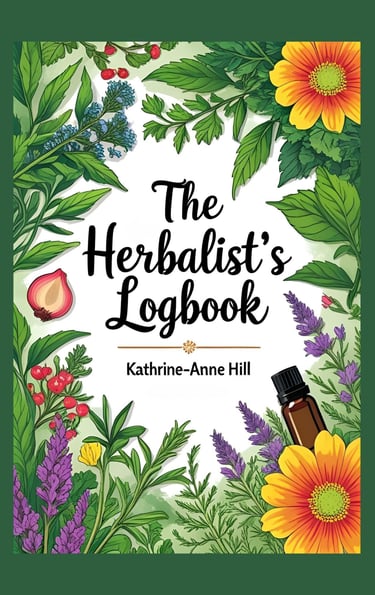Top 5 Herbal Extracts You Can Make at Home: A Beginner's Guide to DIY Herbal Extracts
Discover the top 5 herbal extracts to enhance your health and well-being. Learn about their powerful benefits, easy preparation methods, and how to incorporate them into your daily routine. Perfect for natural remedy enthusiasts.
HERBAL WISDOM
Kathrine-Anne Hill
9/1/20249 min read
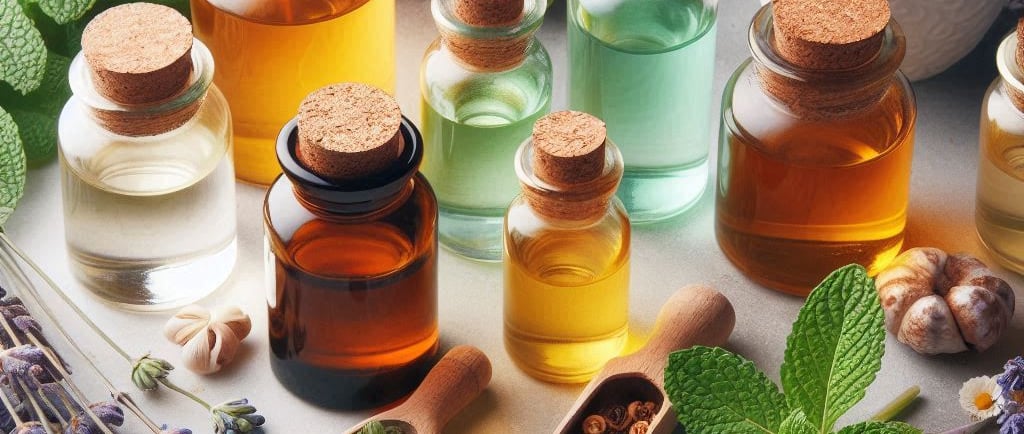

Introduction to DIY Herbal Extracts
The growing interest in making herbal extracts at home is a result of the rising awareness of natural medicines. Homemade herbal extracts provide a cheap, natural alternative to pharmaceutical medications, which are becoming more and more popular. Creating these extracts at home has a number of significant advantages, including substantial savings over pricey store-bought solutions, more control over the materials being used, and the flexibility to customize the formulations to meet specific health requirements and tastes.
A concentrated solution made from soaking botanical materials in a solvent to extract the medicinal components from the herbs is called a herbal extract. The three main categories of herbal extracts that will be covered in this handbook are tinctures, infusions, and decoctions.
You can take advantage of the therapeutic benefits and learn how to tailor extracts to specific health issues by learning how to make these extracts. The ability to create customized extracts improves the effectiveness and enjoyment of your natural health plan, regardless of your goals—making a soothing herbal medicine, strengthening your immune system, or supporting general well-being.
The goal of this beginner's tutorial is to provide clarity on the process of creating herbal extracts at home. To ensure you have a strong basis to confidently begin your herbal adventure, each following section will deconstruct the processes and offer insights into the most widely utilized plants.
Essential Tools and Ingredients You'll Need
To guarantee excellent results, starting a DIY herbal extracts endeavour at home calls for a few key supplies and tools. It is essential to first obtain clean jars, preferably glass ones with tight-fitting lids. These will be your herbal extracts' main holding areas, enabling necessary processing and preventing contamination. Mason jars with a wide mouth are often recommended due to their longevity and convenience of use.
After the extraction procedure is finished, you'll need strainers and muslin cloths or fine cheesecloths to remove the plant material from the liquid extract. This guarantees a strong, transparent end product. Furthermore, as exact ratios can have a big impact on the results, a set of measuring cups and spoons is necessary for precisely measuring both herbs and solvents.
One important step that is frequently missed is labelling your jars. To record the type of herb, solvent, and extraction date, use permanent markers and weatherproof labels. By keeping your extracts organized, you can make sure you use them within the best possible time range.
It is impossible to emphasize how important the herbs you use are. Using premium, organic herbs is essential to producing strong, clean extracts. While fresh herbs are the best, dried herbs from reputable sources can also work well. Poor-quality plants might provide extracts that are ineffective or even harmful.
Because alcohol extracts and preserves plant compounds effectively, it is the most widely used solvent. It's typical to use vodka or grain alcohol that contains at least 40–60% alcohol. Glycerin is a sweet-tasting, non-alcoholic substitute that works well for extracts meant for kids or those who avoid alcohol. It's also possible to use vinegar, especially apple cider vinegar, which has its own special advantages.
Local health food stores, farmers' markets, and internet sellers are great places to find these products. Kits that contain all the necessary ingredients to get started are offered by numerous internet herbal providers. Furthermore, having a funnel and some amber dropper bottles will help with the decanting and use of your extracts more easily, while these items are optional.
Step-by-Step Guide to Making Herbal Extracts
Because alcohol extracts and preserves plant compounds effectively, it is the most widely used solvent. It's typical to use vodka or grain alcohol that contains at least 40–60% alcohol. Glycerin is a sweet-tasting, non-alcoholic substitute that works well for extracts meant for kids or those who avoid alcohol. It's also possible to use vinegar, especially apple cider vinegar, which has its own special advantages.
Local health food stores, farmers' markets, and internet sellers are great places to find these products. Kits that contain all the necessary ingredients to get started are offered by numerous internet herbal providers. Furthermore, having a funnel and some amber dropper bottles will help with the decanting and use of your extracts more easily, while these items are optional.
Once the jar is securely closed, place it somewhere cool and dark. The extraction period usually lasts between a few weeks and several months, however it can vary greatly. It's crucial to shake or stir the mixture occasionally during this time, ideally once a day. This facilitates a more complete extraction of the advantageous compounds found in the herbs by helping to disperse the herbs inside the solvent.
Making herbal extracts requires patience because it gives the active ingredients enough time to seep into the solvent. You must use cheesecloth or a fine-mesh strainer to remove the plant material once the intended extraction time has passed. Your own herbal extract is the resultant liquid, which you can store for later use in a clean, labelled bottle. When prepared and maintained properly, these extracts can keep for a long time and provide you with the many health advantages of herbs in a simple form.
Top 5 Herbal Extracts You Can Make at Home
Making herbal extracts at home is a satisfying and affordable method to take advantage of the medicinal qualities of different plants. The top five popular and beneficial herbal extracts are as follows:
Lavender Extract
Lavender is well known for its ability to soothe and relax. Stress, anxiety, and insomnia can be reduced with the use of its extract in aromatherapy. Dried lavender blossoms should be infused for many weeks in a high-proof alcohol, such vodka, to create a lavender extract. Prior to using, drain the flowers and give the mixture an occasional stir. Safety advice: Although lavender is typically safe, individuals that are known to be sensitive to the plant should avoid it.
Peppermint Extract
The effectiveness of peppermint extract to relieve digestive problems like indigestion and bloating is widely established. Additionally, it can provide relief from mild muscle pains and headaches. Alcohol is steeped with either fresh or dried peppermint leaves to achieve extraction. Do not forget to store the extract in a dark, cool location. Although large dosages of peppermint can induce heartburn or interfere with some drugs, it is generally safe.
Chamomile Extract
Because of its relaxing properties, chamomile is frequently used to promote sleep and lessen anxiety. Dried chamomile flowers should be soaked in alcohol and shaken occasionally for several weeks to create a chamomile extract. After that, filter the solids out. Caution: For those who are allergic to members of the Asteraceae family, chamomile may trigger an allergic reaction.
Echinacea Extract
Echinacea is often used to help prevent colds and the flu because of its well-known immune-boosting qualities. The plant's roots are immersed in alcohol over a period of weeks as part of the extraction process. Once the extraction process is complete, ensure to strain the liquid and shake the jar frequently. Safety advice: As echinacea may overstimulate the immune system, prolonged usage is not advised.
Calendula Extract
Calendula is highly valued for its ability to heal minor wounds, burns, and inflammations on the skin. Calendula extract can be made by infusing dried flowers in alcohol and keeping the mixture in a dark place for many weeks while stirring it from time to time. Safety advice: Although generally safe for topical application, anyone who are allergic to members of the Asteraceae family should proceed with caution.
You can simply incorporate natural medicines into your daily routine and ensure they are free of synthetic ingredients by preparing these helpful herbal extracts at home.
Using and Storing Your Homemade Herbal Extracts
To preserve the strength of your finished extracts, you must thoroughly strain and package them when the extraction procedure is complete. To get rid of any plant material in the liquid, use cheesecloth or a strainer with fine mesh. Transfer the filtered extract to a sanitized, dark-colored vial to shield it from light degradation.
It's critical that you appropriately label your herbal extracts. Indicate in detail the kind of extract, when it was prepared, and any other relevant details. This procedure guarantees that you are using the extracts within their ideal shelf life and assists you in keeping track of your inventory. Based on the herb and preparation technique, most herbal extracts have a shelf life of one to three years.
The length of time that herbal extracts last is largely dependent on storage circumstances. Store your bottled extracts out of direct sunlight and extreme heat in a dark, cool place like a pantry or cupboard. The active ingredients in the extract may degrade more quickly if they are stored close to heat sources.
Dosage is an important consideration when utilizing your homemade herbal extracts. There will be precise dosage recommendations for each type of extract and plant, so seek advice from reputable sources or a medical expert. Tinctures, which are extracts made from alcohol, are typically taken in lesser doses—typically as little as a few drops to a teaspoon diluted in water or another liquid. A dropper is always best for accurate measuring.
When using herbal extracts, be aware of possible interactions and contraindications, particularly if you have underlying medical conditions or are taking prescription medicine. If you are doubtful, it is advisable to consult a doctor. Certain herbs have the potential to worsen illnesses or interfere with the effectiveness of certain medications. You can safely enjoy of your DIY herbal extracts by adhering to these rules.
Troubleshooting and Advanced Tips
As you journey into the world of DIY herbal extracts, you will undoubtedly find a few challenges. Mould growth is a prevalent issue that can be caused by excessive moisture or incorrect storage. To avoid this, make sure your herbs are absolutely dry before extraction and that your containers are clean and sealed. Maintaining the right herb-solvent ratio is an important practice for avoiding errors; for most herbs, a standard ratio of 1:5 (one part herb to five parts solvent) is advised. To guarantee optimal extraction, always consult the herb's specific requirements.
For those wishing to improve their skills, double-extraction methods allow you to boost the potency of your extracts. This includes first extracting the herbs in alcohol, then removing the alcohol and performing a second extraction with water. This approach is especially useful for botanicals that contain both alcohol and water-soluble components. Furthermore, combining various herbs to produce synergistic blends can improve the therapeutic efficacy of your extract. Experimentation and meticulous record-keeping will help you find beneficial combinations.
FAQ Section
Q: How do I know if my extract has gone bad?
A: Signs of a spoiled extract include a change in color, the presence of an unpleasant odor, or the appearance of mold. If any of these occur, it’s best to discard the extract.
Q: Can I use fresh herbs instead of dried ones?
A: While fresh herbs can be used, they contain more moisture, which increases the risk of mold. If you choose to use fresh herbs, ensure they're free from excess water before beginning the extraction process.
Q: What is the best solvent to use for extraction?
A: Alcohol, such as vodka or brandy, is the most commonly used solvent due to its effectiveness in extracting both water- and alcohol-soluble compounds.
For those eager to delve deeper, numerous resources are available. Books like "The Herbal Medicine-Maker’s Handbook" by James Green offer in-depth guidance, while online forums and workshops provide community support and additional expertise. With patience and practice, even beginners can master the art of making herbal extracts at home.
Related Posts:
How to Make Your Own Herbal Tinctures at Home: Step-by-step guide with Recipes for Unique Blends
The Magic of Flower Essences: Emotional Healing Through Nature
Related Books
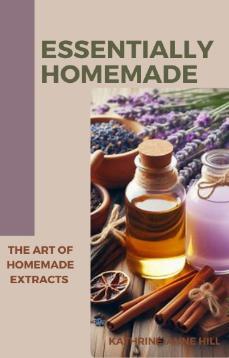

Unlock the secrets of crafting your own powerful extracts with Essentially Homemade: The Art of Homemade Extracts. This guide dives into everything you need to know, from the basics of alcohol extracts and ingredient selection to infusing essential oils for skincare and aromatherapy. Master the art of making vanilla extract, boost your cooking and baking with custom flavors, and learn how to create personalized, aromatic soaps. Plus, get tips on preserving your creations and turning them into thoughtful DIY gifts. Elevate your home crafting game with this comprehensive guide!
Available on Google Play for $7.99
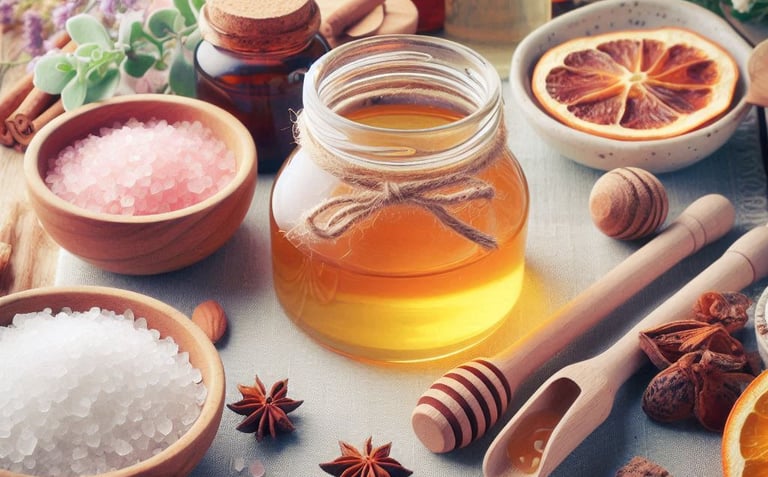

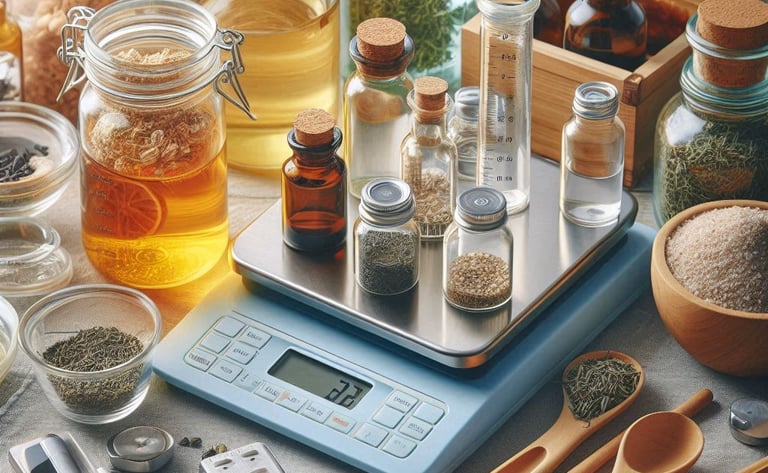


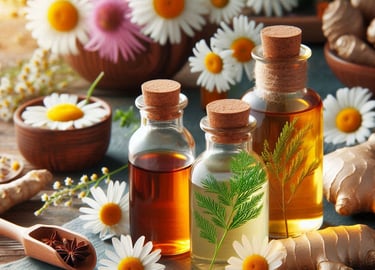

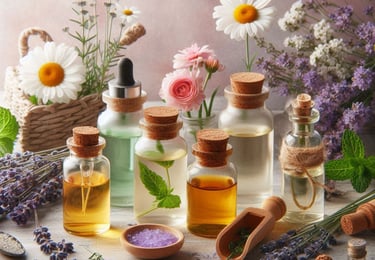


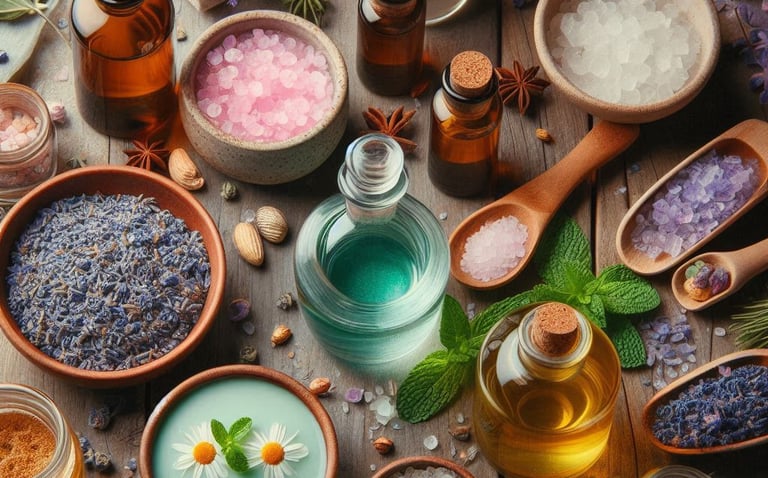

✨ From tinctures to teas, The Herbalist’s Logbook helps you track every recipe and discovery along your herbal journey.



